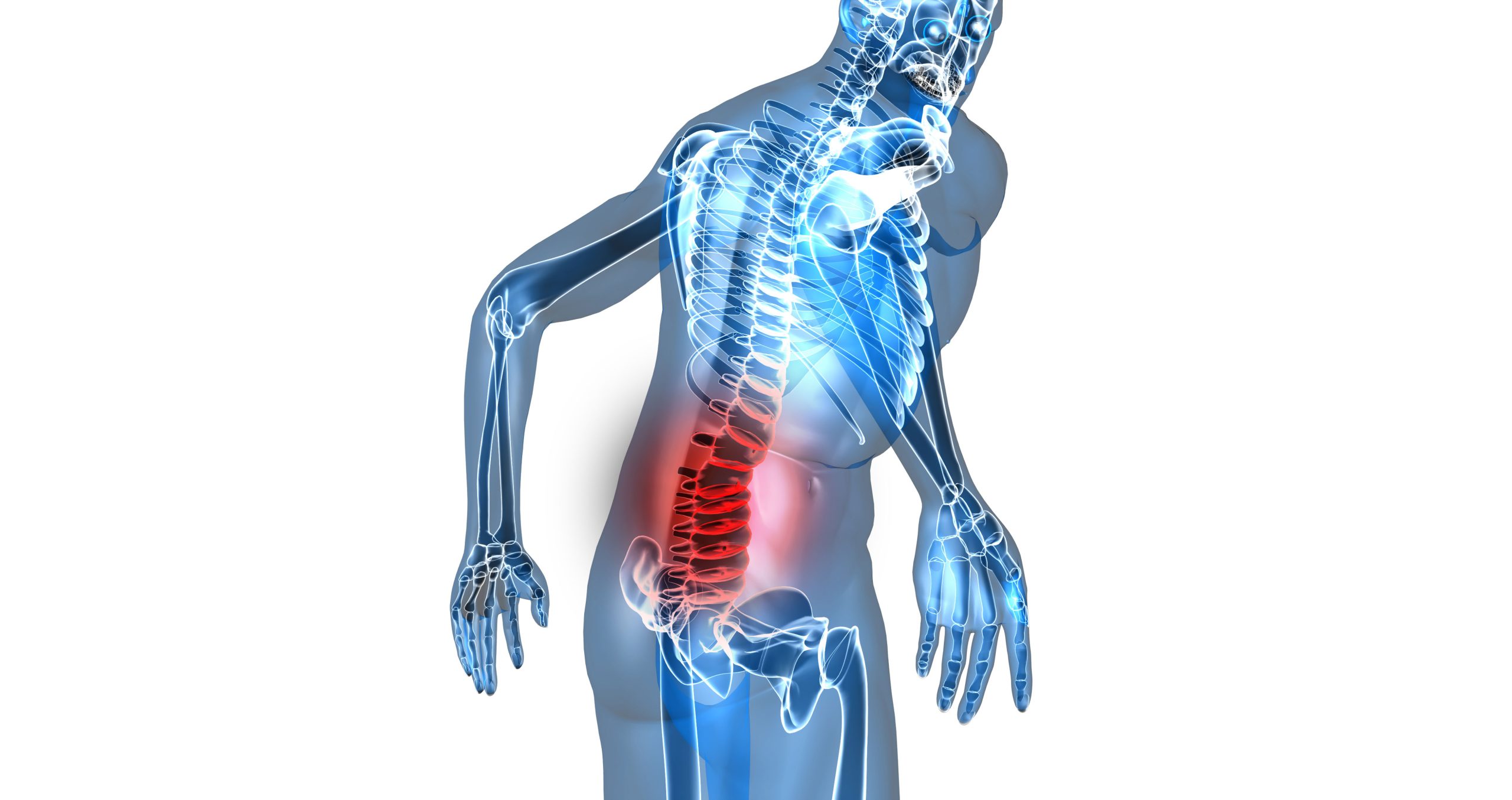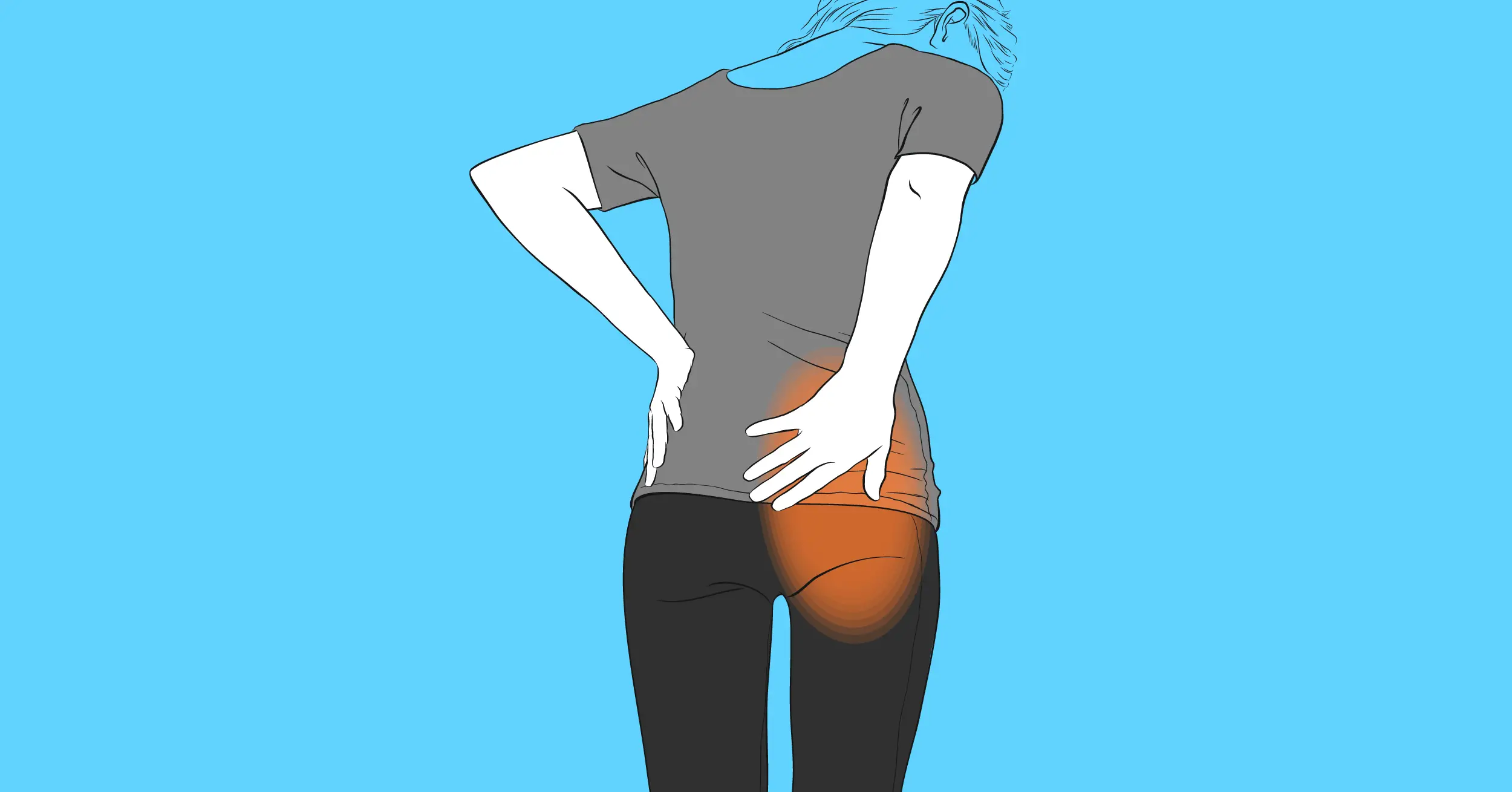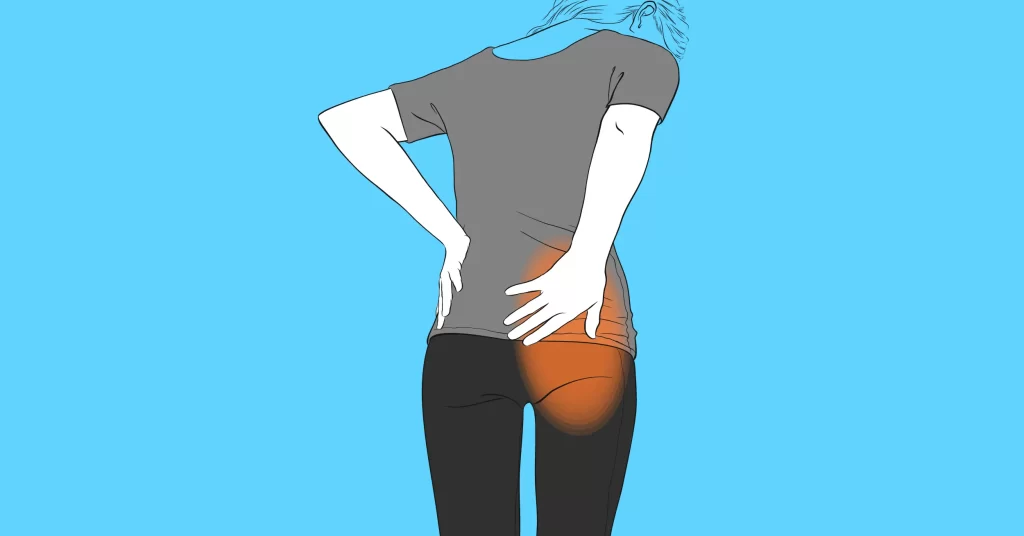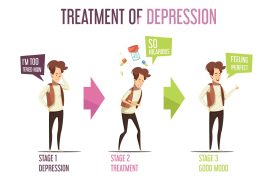Pain in the lower back is a common complaint among adults, but not all pain that originates in the lower body is due to lower back issues. Sciatica and lower back pain are two of the most frequent sources of discomfort for individuals, but there are distinct differences between them. The Spine & Rehab Group’s Sciatica Specialists can help you differentiate between sciatica and other types of pain so you can better manage your symptoms and find relief.
Sciatica is an umbrella term to describe any type of nerve-related pain radiating from the lower back down through one or both legs. It usually affects only one side of the body at a time, with symptoms ranging from mild tingling or burning sensations up to more severe cramping and muscle spasm. If left untreated, these painful sensations will often become chronic and may lead to long-term disability.

Symptoms Of Sciatic Nerve Damage
The primary symptom of sciatic nerve damage is intense shooting pain along the length of your spine and into your legs and feet. You may also experience numbness or weakness in your affected leg and sharp pains when moving or bending over. In some cases, you may even feel a pins-and-needles sensation around your toes or calf area when sitting for too long.
Difference Between Sciatica And Lower Back Pain
The main difference between sciatica and lower back pain is that while both conditions can cause similar levels of discomfort, sciatic nerve damage specifically impacts your entire leg while regular low back issues typically focus on just one specific area or region around your lumbar spine (lower vertebrae). Additionally, if your low back condition has caused disc herniation (i.e., bulging discs) then it’s likely sciatica won’t be a factor as this injury normally doesn’t involve nerves being compressed by damaged discs; rather it involves irritated muscles pressing against those nerves instead.
Lower Back Pain Causes And Treatment Options
Lower back pain can have many causes, including poor posture, weak core musculature, tight hamstring muscles, spinal misalignment, muscle imbalances due to overuse or aging, trauma from accidents/sports injuries, etc… Treatment options vary depending on what type of condition you have but generally include physical therapy exercises designed to strengthen core stability/posture improvements along with manual therapies like massage/chiropractic adjustments, etc… Surgery might also be an option if conservative treatments don’t provide adequate relief after six months or more of consistent care (this varies slightly for different conditions).

Treating Your Sciatic Nerve Damage
If you suspect you have sciatic nerve damage, it’s important to see a doctor immediately for a diagnosis and treatment recommendations; they may recommend physiotherapy sessions focusing on stretching/strengthening exercises that target specific areas causing irritation, such as the gluteal muscles, which often press on nerves leading down into the legs, causing additional compression/irritation (this should be done under supervision as the improper technique could make matters worse). Other treatment options may include injections such as cortisone shots to reduce inflammation around the affected areas, and medications to relieve nerve-related pain such as Lyrica (pregabalin), Neurontin (gabapentin), etc.
Accurately diagnosing your condition
It’s important to note that as many conditions present themselves in a similar way – meaning they share overlapping symptoms – it’s essential that any diagnosis takes into account various factors before settling on just one particular source for your problems; this includes taking into account medical history/background information alongside imaging tests such as X-rays/MRI scans etc… to rule out any structural problems contributing to worsening symptoms before treatment begins properly so that you get the best possible results without risking further injury due to wrong interventions being administered prematurely without a proper assessment first.
In conclusion, recognizing the differences between sciatica and low back pain helps to ensure effective treatment outcomes. The sciatica specialists at Spine & Rehab Group understand these differences and are ready to help alleviate both types of problems quickly. For more information on our services, contact us today!





